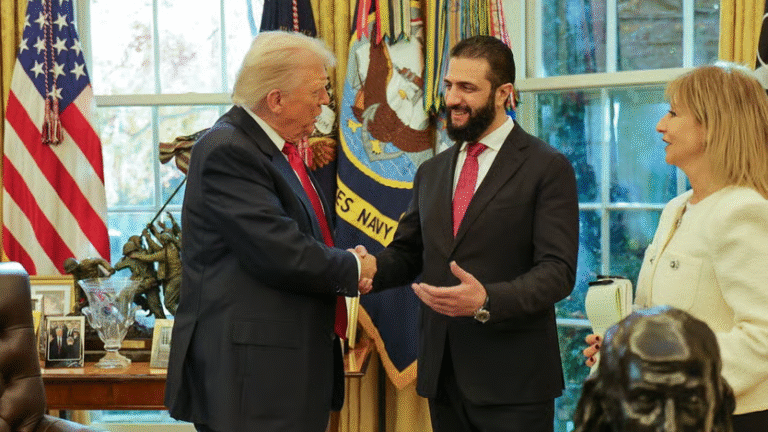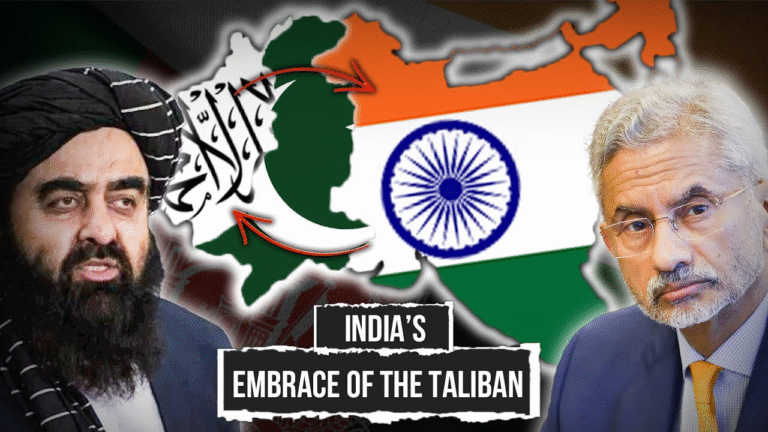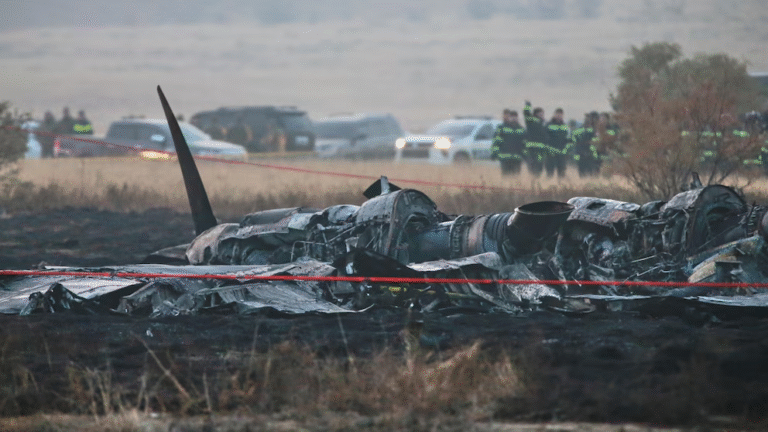
The Philippines and the United States sustain a deepening alliance focused on defending an archipelago whose prosperity and security relies on maintaining sovereignty, protecting its widely dispersed islands and projecting deterrence.
Over the past decade — and particularly since the Philippines launched its Comprehensive Archipelagic Defense Concept (CADC) in 2024 — routine mid- and long-range weapons training has become a pillar of cooperation, pairing persistent U.S. presence in the Philippines with capacity building and interoperability.
The longtime allies first test-fired the U.S.’s High Mobility Artillery Rocket System (HIMARS) in the Philippines in 2016, for example. In 2025, they demonstrated the capability to quickly position the system on austere terrain and strike targets detected by joint sensors.
“Our alliance with the United States remains a cornerstone of our national security,” Philippines defense chief Gen. Romeo Brawner Jr. said in 2024. “Through continued collaboration and mutual support, we fortify our defense capabilities and ensure the stability of our region.”

Regular Philippine-U.S. military exercises such as Balikatan highlight the ability to deploy weapons systems on islands. HIMARS has been airlifted, ferried, driven and fired across the Philippines to strengthen the combined forces’ capacity.
Such training also allows the Armed Forces of the Philippines to examine how similar systems can bolster its capabilities.
HIMARS demonstrations and mobility exercises reinforce the system’s practicality and ability to sustain long-range fires across dispersed littoral terrain, according to the U.S. Indo-Pacific Command. Demonstrations are intentionally routine to normalize logistics, command and control, and communications to enable tactically useful long-range fires.
The U.S. has deployed HIMARS to other Allies and Partners for joint training and exercises, including Exercise Highball 2023 in Australia and the trilateral Keris Strike drills in Malaysia in mid-2025. During the multinational Talisman Sabre 2025 exercise, the Australian Army test-fired a U.S.-made Precision Strike Missile from a HIMARS for the first time, and Australian, Canadian and U.S. forces conducted a rapid infiltration drill to deploy a HIMARS to Christmas Island, an Australian territory in the Indian Ocean about 1,500 kilometers west of the Australian mainland. The U.S. Marine Corps conducted HIMARS live-fire training in Japan’s East Fuji Maneuver Area in late October 2025.
Such training strengthens deterrence by developing practiced, integrated responses that increase the cost for aggressors. Routine exercises also offer repeated exposure to live-fire discipline and sustainment practices that accelerate the Philippines’ ability to eventually field domestic rocket and missile units.
Rehearsals also generate interoperability, shared tactics, standardized communications and sensor-to-shooter links enabling Philippine and U.S. allies to work together in crisis.
Experts say such interoperability is crucial for defending an archipelago where early detection, rapid targeting and the ability to relocate weapons systems after firing can mean the difference between temporary denial and durable defense.
Meanwhile, the Philippine-U.S. partnership has become institutional rather than periodic. The CADC’s emphasis on domain awareness and alliance interoperability aligns with the recurring, practical training the U.S. provides — transforming presence into a learning partnership instead of a one-off show of force.
Decades of routine mid- and long-range weapons training have made Philippine-U.S. cooperation a durable defense instrument, strengthening deterrence, helping Manila garner and sustain capabilities, and ensuring joint responses in the region are practiced, predictable, and effective.





